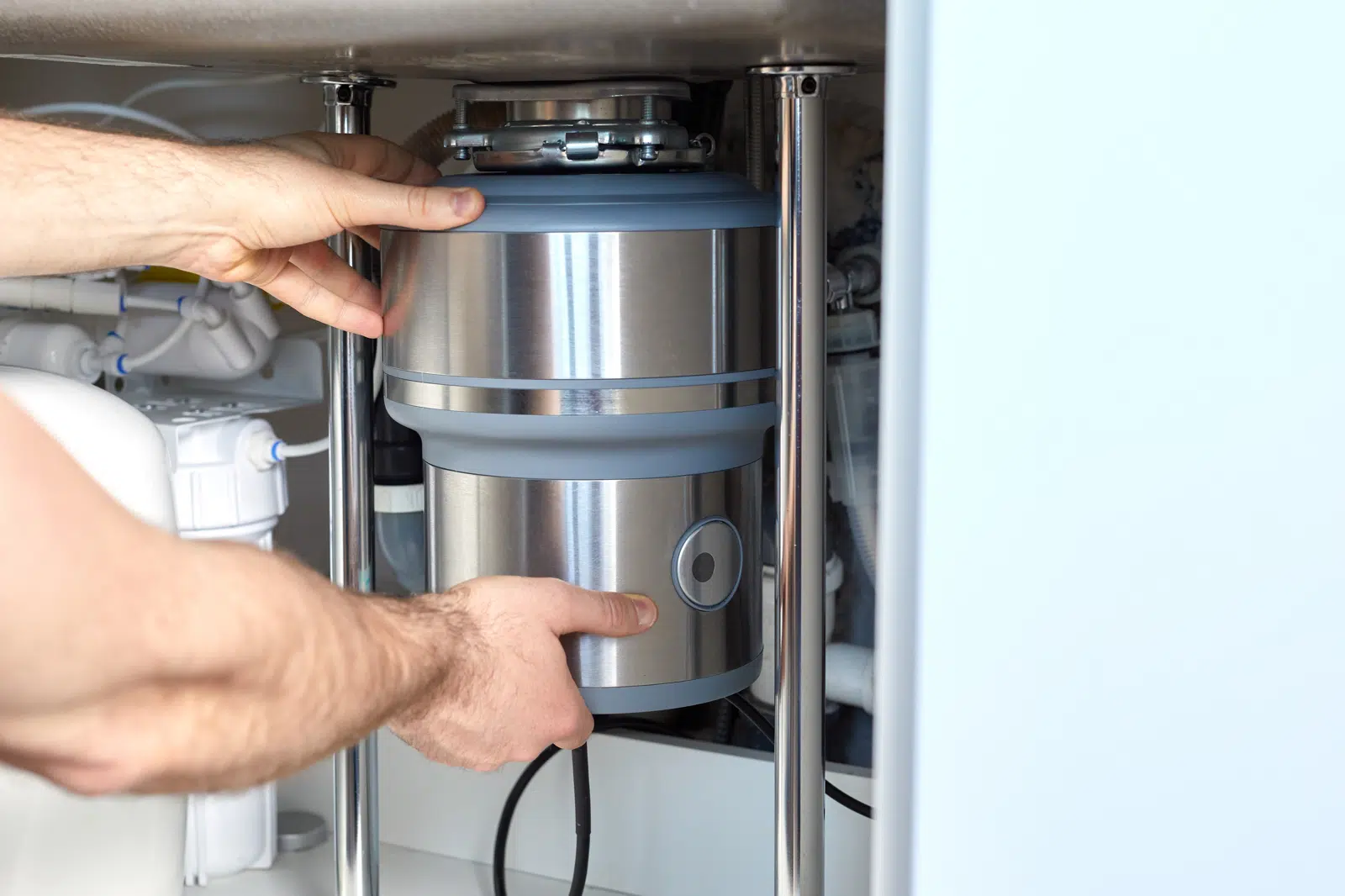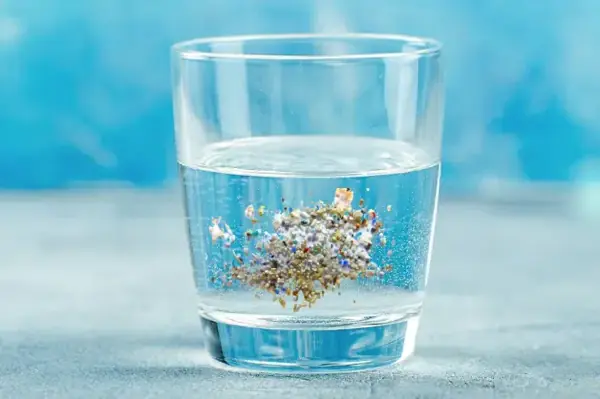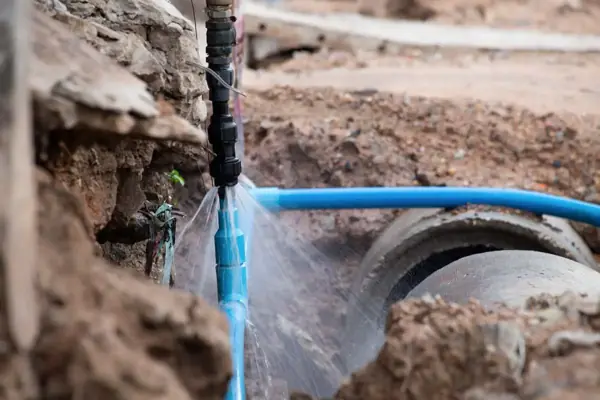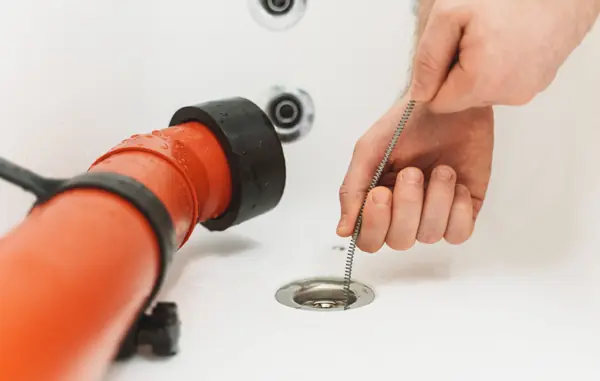A garbage disposal unit, often just called a disposal, fits neatly under your kitchen sink and shreds food waste into tiny pieces, allowing it to be washed away through the plumbing system.
This device not only minimizes the volume of organic waste going to landfills but also grinds up food scraps so they can be easily flushed with water. Typically powered by an electric motor, garbage disposals feature sharp blades or impellers that finely chop the food waste.
Garbage disposals provide a handy and environmentally friendly way to handle kitchen waste, removing the need to separately store and dispose of food scraps. By breaking down organic material, they help to keep your kitchen smelling fresh and reduce the likelihood of clogged pipes.
With correct use and regular maintenance, a garbage disposal becomes an essential tool in any kitchen, offering a clean and efficient method to manage food waste.
Installation of Garbage Disposal: A Step-by-Step Guide
Installing a garbage disposal unit is a convenient and eco-friendly way to manage kitchen waste. With the right tools and instructions, it can be a straightforward process. Here’s a step-by-step guide to help you through the installation:
- Prepare the Area: Start by turning off the power to the disposal unit at the circuit breaker. Clear the space under the sink and remove any items that might obstruct your work.
- Remove the Old Disposal (if applicable): If replacing an existing unit, disconnect it from the mounting assembly and drain lines. Loosen the mounting bolts and detach the disposal from the sink.
- Install the Mounting Assembly: Place the mounting assembly onto the sink flange, ensuring it sits securely. Use the provided hardware to tighten the assembly.
- Connect the Disposal Unit: Connect the disposal unit to the mounting assembly according to the manufacturer’s instructions. Double-check all connections to ensure they’re secure.
- Connect the Drain Lines: Attach the discharge tube and dishwasher drain line (if applicable) to the disposal unit. Use plumber’s tape to secure the connections and prevent leaks.
- Test the Unit: Before turning on the power, run water through the disposal to check for leaks or obstructions. Once everything is secure, restore power to the disposal unit and test its functionality.
By following these steps carefully, you can install a garbage disposal unit in your kitchen. This will make meal cleanup a breeze while reducing your environmental footprint.
Expert Repair for Garbage Disposal
Following a few simple steps can repair a garbage disposal. Firstly, identify the issue by observing any unusual noises, leaks, or lack of functionality. If it’s jammed, turn off the power and use an Allen wrench to rotate the disposal’s impellers manually. Clear any obstructions and reset the disposal. For leaks, tighten connections or replace worn-out seals.
If the disposal still doesn’t work, check the circuit breaker and reset it if necessary. It’s best to consult a professional plumber or appliance repair technician for more complex issues like motor failure or significant damage. Attempting to repair these problems without proper knowledge and tools can be hazardous and may worsen the situation. Regular maintenance, such as cleaning the disposal and avoiding disposing of non-food items, can help prevent future issues and prolong its lifespan.
Pricing of Garbage Disposal
Prices for garbage disposal vary depending on many factors, including service type. Residential garbage disposal services usually require weekly or bi-weekly pickups, whereas commercial services may need more frequent or larger dumpsters.
Another element affecting cost is waste volume. Some providers charge by bin size or bag count. Due to the increased processing and disposal requirements, hazardous or specialized trash often costs more.
The location also affects pricing. High-density urban locations with stronger environmental restrictions may have greater disposal costs than rural ones. Local rivalry among service providers might also affect pricing.
Some providers offer recycling or composting at different costs. Garbage disposal companies often offer discounts for long-term contracts or bundled services. Consumers should evaluate reliability, environmental impact, and value when comparing garbage disposal prices.
Common Issues of Garbage Disposal
Garbage disposals are convenient kitchen appliances, but like any other mechanical device, they can experience problems. Here are some common issues you might encounter:
- Jamming: Food particles or foreign objects can jam the disposal’s blades, causing it to stop working. This often happens when non-food items like utensils or small bones are accidentally dropped into the disposal.
- Clogging: Over time, grease, food scraps, or fibrous materials like potato peels can accumulate and clog the disposal or the drainpipe connected to it. This can lead to slow draining or complete blockages.
- Leakage: Faulty seals or loose connections can cause leaks around the disposal unit or the sink drain. Leaks may occur at the mounting assembly, discharge tube connections, or within the disposal unit.
- Foul Odors: Food particles trapped in the disposal or drainpipe can decompose, creating unpleasant odors from the sink. Bacteria growth can exacerbate the problem.
- Loud Noises: Grinding noises, banging sounds, or rattling may indicate mechanical issues such as damaged blades, loose mounting components, or foreign objects lodged inside the disposal.
- Electrical Problems: If the disposal doesn’t turn on when activated, it could be due to electrical issues such as a tripped circuit breaker, faulty wiring, or a malfunctioning switch or motor.
- Resetting Tripped Disposal: The disposal’s overload protection mechanism can sometimes trip, causing it to shut off. Resetting the disposal by pressing the reset button on the bottom or side of the unit may resolve the issue.
- Dishwasher Drainage Issues: If your garbage disposal is connected to a dishwasher, drainage problems may be related to clogged disposal or a malfunctioning drain hose.
- Wear and Tear: Like any appliance, garbage disposals can wear out over time due to regular use. Components such as blades, motors, and bearings may deteriorate, leading to diminished performance or complete failure.
- Improper Use: Grinding hard materials like bones, fibrous vegetables, or large quantities of food scraps can strain the garbage disposal excessively and lead to premature wear or damage.
Addressing these common issues promptly and properly maintaining your garbage disposal can help prolong its lifespan and ensure it operates efficiently. If you’re unsure how to troubleshoot or fix a problem, it’s best to seek professional assistance to avoid causing further damage or injury.
How to reset your Garbage Disposal?
Resetting a garbage disposal is a straightforward process that can help resolve minor issues and restore functionality. Here are the steps to reset your garbage disposal:
- Turn off the Power: Before resetting, ensure the garbage disposal is switched off to prevent accidents. Locate the electrical switch or circuit breaker that controls power to the disposal unit and switch it off.
- Locate the Reset Button: Many garbage disposals have a reset button on the bottom or side of the unit. This button is typically red or black and may be recessed. It’s designed to trip and cut off power to the disposal when it becomes overloaded or overheated.
- Press the Reset Button: Press it firmly once you’ve located the reset button. You may need to use a tool like a pen or pencil to reach it if it’s recessed. Press and hold the button for a few seconds to ensure it resets properly.
- Turn the Power Back On: After resetting the garbage disposal, return to the electrical switch or circuit breaker and turn the power back on. Wait a moment to allow the disposal to reset fully.
- Test the Disposal: Once power is restored, test the garbage disposal by running water and turning it on. Listen for any unusual noises or vibrations that may indicate a problem. If the disposal operates normally, the reset was successful.
If the disposal still doesn’t work after resetting it, there may be a more significant issue, which may require further troubleshooting or professional assistance.
Upgrade Your Kitchen with a Garbage Disposal!
Upgrade your kitchen with a top-of-the-line garbage disposal from Hi-Desert Plumbing! Our professional installation services ensure seamless integration into your kitchen sink, providing convenience and efficiency in managing food waste. Say goodbye to unpleasant odors and clogged drains as our expert technicians handle the installation process with precision and expertise. With Hi-Desert Plumbing, you can trust that your garbage disposal will be installed correctly and ready to tackle any kitchen cleanup task. Contact us today to schedule your installation and elevate your kitchen experience with a reliable garbage disposal solution!




